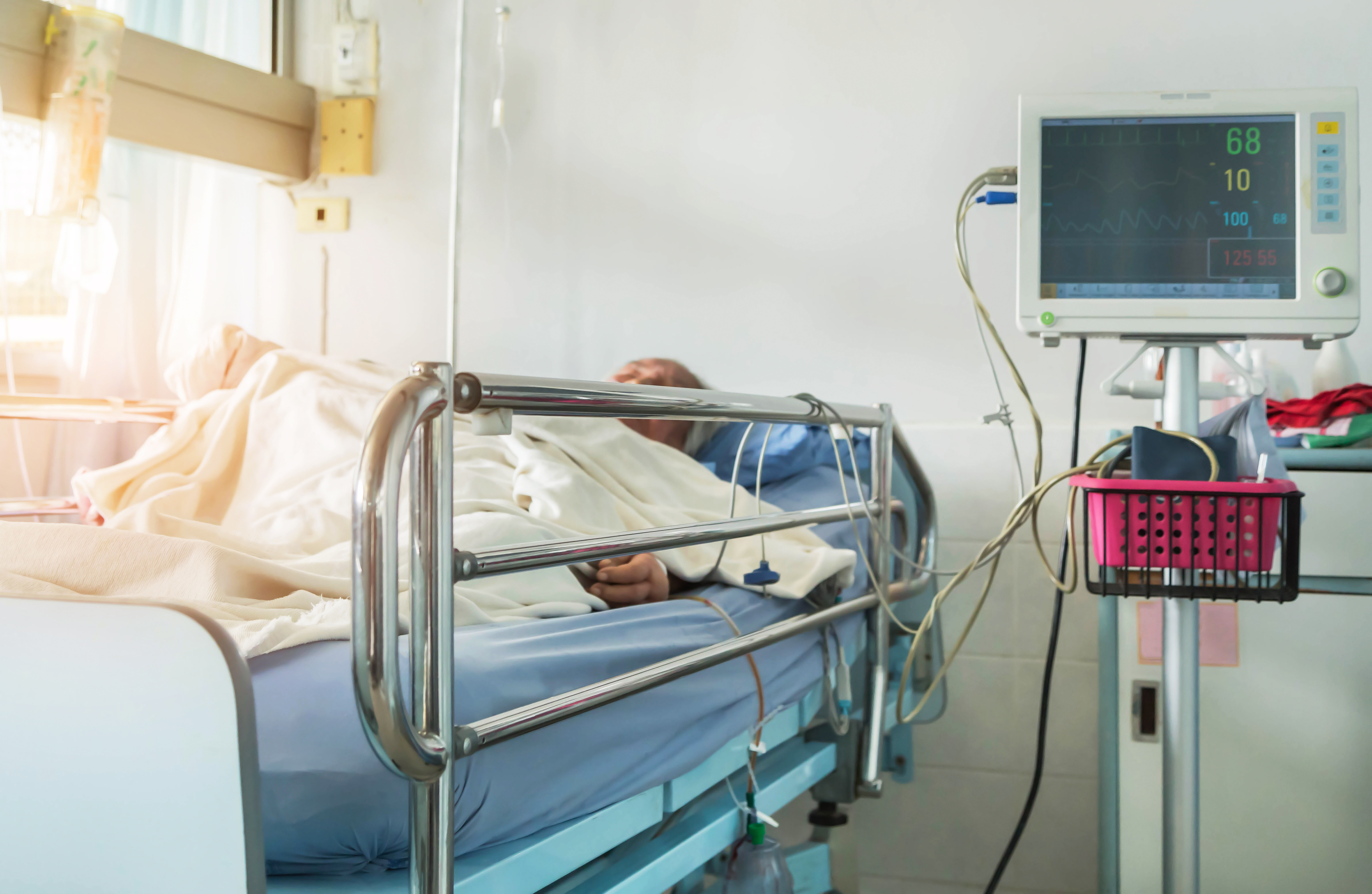Understanding the needs of your at-risk community and having the right fall prevention technology in place is vital to keeping people safe, no matter what level of care they need.
Acute environments like hospitals and in-patient rehab centers deal with short-term fall-risk patients who are recovering from an illness, injury, or surgery. Patients healing from a broken bone or other severely injured extremities often won’t have the same dexterity that they were accustomed to pre-injury. Clinical staff attending these patients must ensure they stay on bed rest. In these acute cases, most fall prevention is focused on alerting staff to a patient getting out of bed.
Fall technology for acute care comes in many different forms.
Pressure Pads
Pressure Pads are a simple piece of fall prevention technology, that is wrought with problems. A pressure pad is placed under the patient and alerts staff if a patient is attempting to get up. While pressure pads are an easy and often affordable solution, they are unreliable because they do not allow for normal human movement, like shifting in bed or reaching for a tissue, resulting in an alarm that won’t turn off, even if the patient returns to their original position. This makes the fall technology frustrating for both clinical staff and patients who are inundated with false alarms.
Virtual Sitters
Virtual sitters are a newer form of fall technology ushered in by a more digitally connected world. A variation on in-room sitters, this tech brings together human sitters and video monitoring. Virtual sitters watch live streams of patient rooms—often several at a time. When a patient is getting up, the virtual sitter calls a nurse to assist, and in some cases, communicates with the patient. While virtual sitters are more discerning than pressure pads, they are watching falls as they happen, not preventing them. As a result, they only reduce falls by 7%. And sitters are costly when you factor in an hourly rate. Many patients are also uncomfortable with video surveillance.
Artificial Intelligence (AI)
Artificial Intelligence (AI) fall technology is the most advanced fall prevention technology currently available. Used in tandem with in-room sensors, AI detects the signs of a patient trying to stand and alerts nurses before the patient has exited the bed or chair—preventing the fall completely. The best of both worlds, AI has human-like processing and interpretation paired with machine-based precision—a perfect combination for repetitive monitoring tasks. AI is consistent, accurate, and precise, meaning that nurses know every alert is a high priority. AI-powered systems like VSTOne also go beyond just proactive fall prevention, to offer vitals monitoring and telemetry, telehealth options, and integrated floor management for nursing teams that are stretched thin. AI also proves to be more effective than traditional methods like pressure alarms. Organizations using AI fall prevention techniques have seen up to 85% reduction in falls with injury and a 95% reduction in false alarms without increasing staffing.
Reliable fall technology is key to ensuring patients recover without setbacks. Innovative solutions offer not only fall prevention, but a system that nursing teams can rely on that allows them to improve one-on-one care for all patients.
See how AI can improve patient safety.


